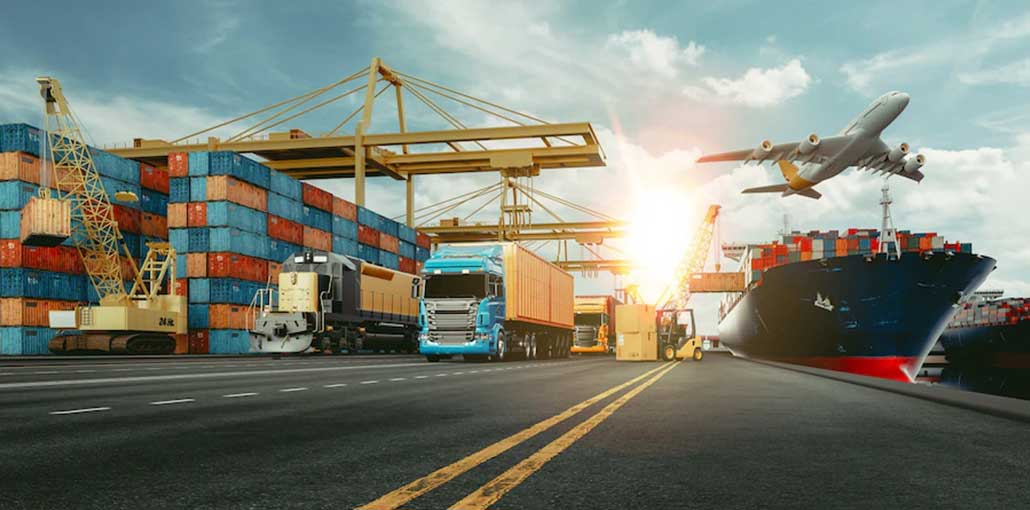Shipping heavy items, machinery, and other industrial equipment are often easier said than done. These items may weigh several tons and take up large amounts of space, making them especially difficult to transport. Some makes and models are also extremely fragile. Turbulence and other hazards can render some machines useless by the time they reach their destination. Every machine is different, but these shipping best practices should help you get off to a solid start.
Prepare the Equipment for Transport
To prepare the equipment for transport, start by inspecting the equipment or item marked for transport. Test the machine according to the manufacturer’s guidelines to make sure it is working properly. If the equipment is used, it’s best to wash it before sending it out for delivery. Assemble everything the customer will need to operate the machine, including the owner’s manual, tools, charging cables, and other accessories.
You may want to break down the machine into smaller parts or multiple shipments if it is too large to ship on its own. It’s best to ship everything inside the same container if possible. Avoid separating your goods into different containers unless absolutely necessary to ensure the customer receives everything required to operate the machine as soon as it arrives.
Also read: 7 Best Practices to Improve OTR Transportation
Create a Packing List
Once you’ve inspected and assembled all the necessary parts, create a packing list of everything that will go into the container. Include specific dimensions and details about the product, including the make, model, and the manufacturing or refurbishment date.
Consider Special Handling
You may need special equipment to move the item into the proper container or onto the transportation vehicle, such as a crane or forklift. You may need to rent this equipment unless you already have access to it. Refer to the manufacturer’s guidelines when handling or transporting this equipment. Contact a professional with experience handling a crane to ensure you don’t damage the item by mistake.
If the container is over 12 feet, it is considered an oversized shipment. You will need to send a travel escort along with the truck to look out for construction and other obstacles. Oversized shipments are also limited to certain routes and transportation times. For example, traveling at night or on holidays or weekends is generally prohibited.
Find a Durable Container
You will need to find a container that can hold up to the sheer weight of your equipment. If the item is too large to fit into a regular bin, you may need to create a custom container for your product, such as a wooden crate. These containers are relatively easy and cheap to produce compared to other types of containers. You can order a crate based on the exact dimensions of the item in question. It’s best to find a container close in size to the equipment to prevent the item from sliding around inside the container.
Most machines are sensitive to water and extreme temperatures, so you’ll need to find a way to insulate your equipment from the outdoors. The container should be waterproof with a secure door that can be locked when necessary. If you are using a forklift, you will need to attach the container to a pallet to load it onto the vehicle. Use ratchet straps to secure the container to the pallet for safe, efficient handling.
Metal shipping containers tend to be the best choice for machines and machine parts. Most machines are made of metal, so it only makes sense to pair them with the same material. Use a metal bin with a lid to keep external parts and accessories secure and organized if they are traveling separately from the machine itself. You may not need to store the equipment inside a sealed container if it will eventually be loaded onto an enclosed container. Keep parts and larger items inside industrial wire baskets to keep them visible inside the metal shipping container.
Also read: Top 10 Last Mile Delivery Companies and Startups in eCommerce
Choose the Best Route
Transportation rates vary widely by weight, volume, and method of transportation. For shipments traveling under 1,000 miles, the average cost for shipping machinery is $0.71 per mile and $12.39 per mile for shipments under 100 miles.
The weight of your equipment makes it nearly impossible to send your products by air, so you’ll need to choose between truck, train, ocean freight, or some combination of the three, also known as intermodal shipping. You may use a truck to ship the machine to a local port or train station. The container is then loaded onto a train or ocean vessel. Once the product arrives in the country or local municipality, you will need to use a truck to deliver the item to the customer.
You may incur additional fees when moving your goods from one form of transportation to another, especially if a crane is required. The logistics company may also charge an extra fee if the item requires special handling or exceeds a certain weight. Always contact the logistics company ahead of time to ensure your product can make it through every stage of the supply chain.
Machines and large pieces of equipment can easily cost several thousand dollars or more, so it’s important to make sure these items are protected during transit. Every decision you make will affect the cost of the shipment. Use reliable shipping materials to reduce the cost of transit without putting your products at risk.










Leave a comment